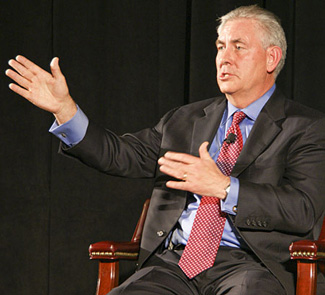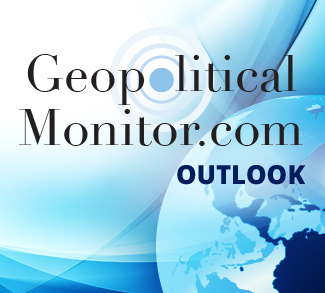Summary
Chinese state media have launched a barrage of angry articles in response to comments by Donald Trump’s nominee for Secretary of State, former Exxon Mobil CEO Rex Tillerson. Tillerson said that blocking Chinese access to its militarized man-made islands in the South China Sea dispute is one option Washington will consider once Donald Trump becomes America’s 45th president later this month. Beijing has been building artificial islands in waters claimed by other nations in the South China Sea and has ignored a ruling by the Permanent Court of Arbitration in The Hague that its actions were illegal under the United Nations Convention on the Law of the Sea (UNCLOS), which China is a signatory of. Beijing claims historic territorial rights over an area falling beneath its so-called ‘Nine Dash Line’ but China’s neighbors see this as a territorial land grab in an economically and strategically valuable area.
Background
Rich and strategic waters. Over $5 trillion worth of global trade passes through the South China Sea every year and the region is also militarily significant. The US for one is seeking to maintain “freedom of navigation” in the region for its ships, including military vessels, but China, Vietnam, the Philippines, Taiwan, Malaysia, and Brunei all have competing territorial claims as well. Furthermore, China’s claims are so vague that it is also uncertain if Beijing seeks only the land territory within its Nine Dash Line, or if it claims all the territorial waters within it as well. But China’s actions in militarizing the dispute and seeking to twist the arms of other Asian states into giving up their claims have successfully turned the South China Sea into an international flashpoint.



